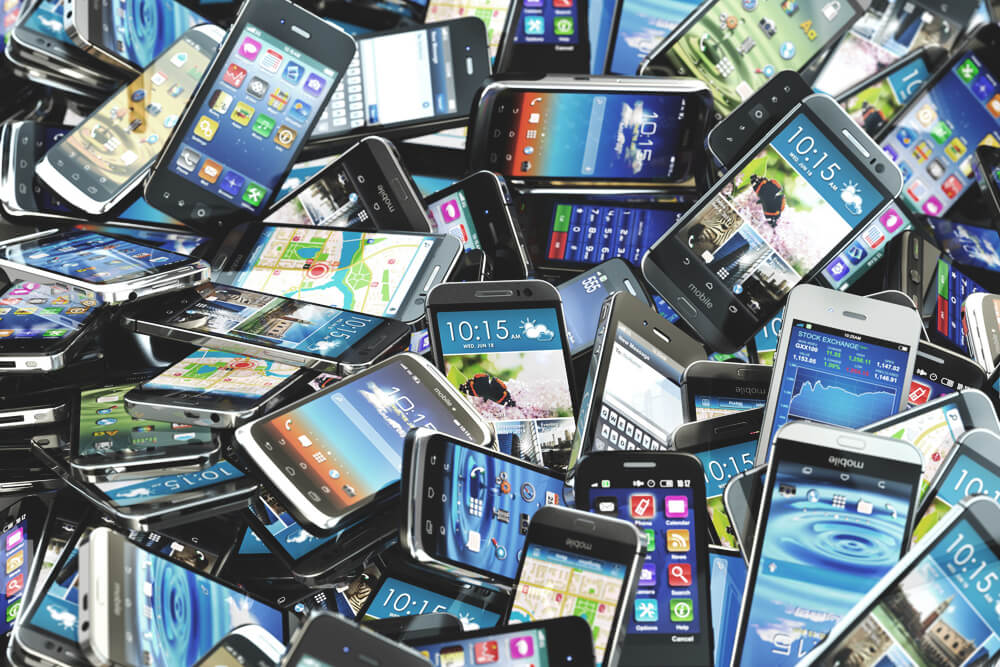
By the end of 2022, approximately 5.3 billion phones will be included in e-waste, according to Waste Electrical and Electronic Equipment (WEEE). The projection by the organization, which is based on data on worldwide trade, highlights the expanding e-waste problem.
Many of us keep our old phones as priceless keepsakes. However, by doing so, we are ignoring the fact that the phone contains a number of valuable minerals that can be removed from it and used in recycling.
Items like copper in wire, the cobalt in rechargeable batteries, besides other materials then have to be mined.
There are more than 16 billion phones in use worldwide
“Smartphones are one of the electronic products of highest concern for us. People tend not to realise that all these seemingly insignificant items have a lot of value and together at a global level represent massive volumes,” WEEE director general Pascal Leroy
Over 16 billion phones are currently present worldwide, with at least a third no longer in use in Europe.
The WEEE has drawn attention to the dire situation of e-waste accumulation, which is not simply coming from phones. According to the organization, mobile phones make up a very small portion of the 44.48 million tonnes of worldwide electronic garbage that is produced each year but isn’t recycled.
By 2030, gadgets will contribute 74 million tonnes of electronic garbage annually
By 2030, washing machines, toasters, tablets, PCs, and global positioning system (GPS) gadgets will contribute 74 million tonnes of electronic garbage annually, according to the study. The study also discovered that five kilos of electronic equipment are currently hoarded by each individual in a typical European family, which is astounding.
“But e-waste will never be collected voluntarily because of the high cost. That is why legislation is essential,” Leroy said.
Magdalena Charytanowicz, of the WEEE, said, “These devices offer many important resources that can be used in the production of new electronic devices or other equipment, such as wind turbines, electric car batteries or solar panels – all crucial for the green, digital transition to low-carbon societies.”
EU legislation may mandate USB-C as the single charging standard
It is anticipated that the EU legislation mandating USB-C as the single charging standard for all new smartphones, tablets, and cameras starting in late 2024 will reduce the amount of electronic waste generated in the EU by more than a thousand tonnes annually. Additionally, it will result in savings of at least 200 million euros ($195 million) annually.
